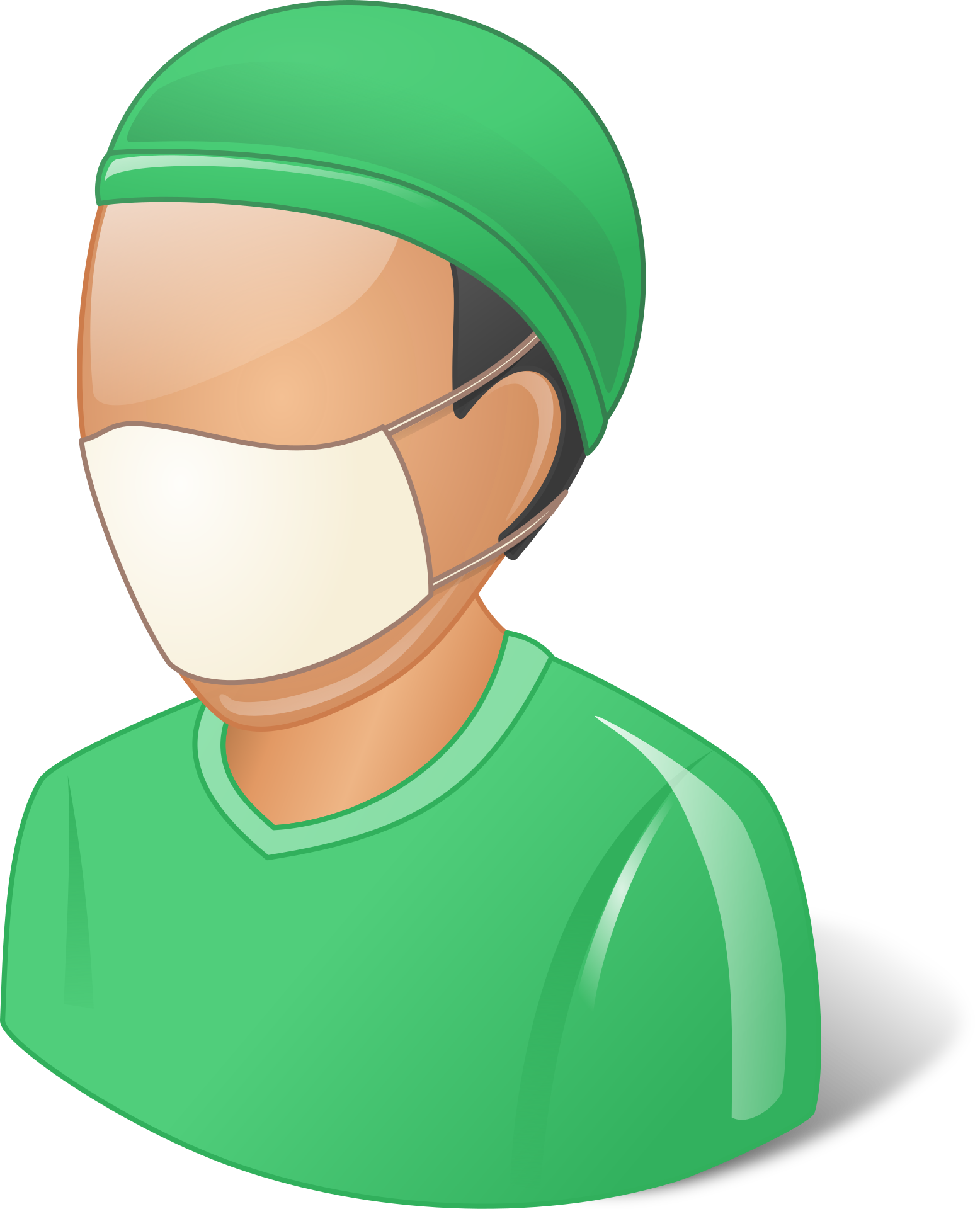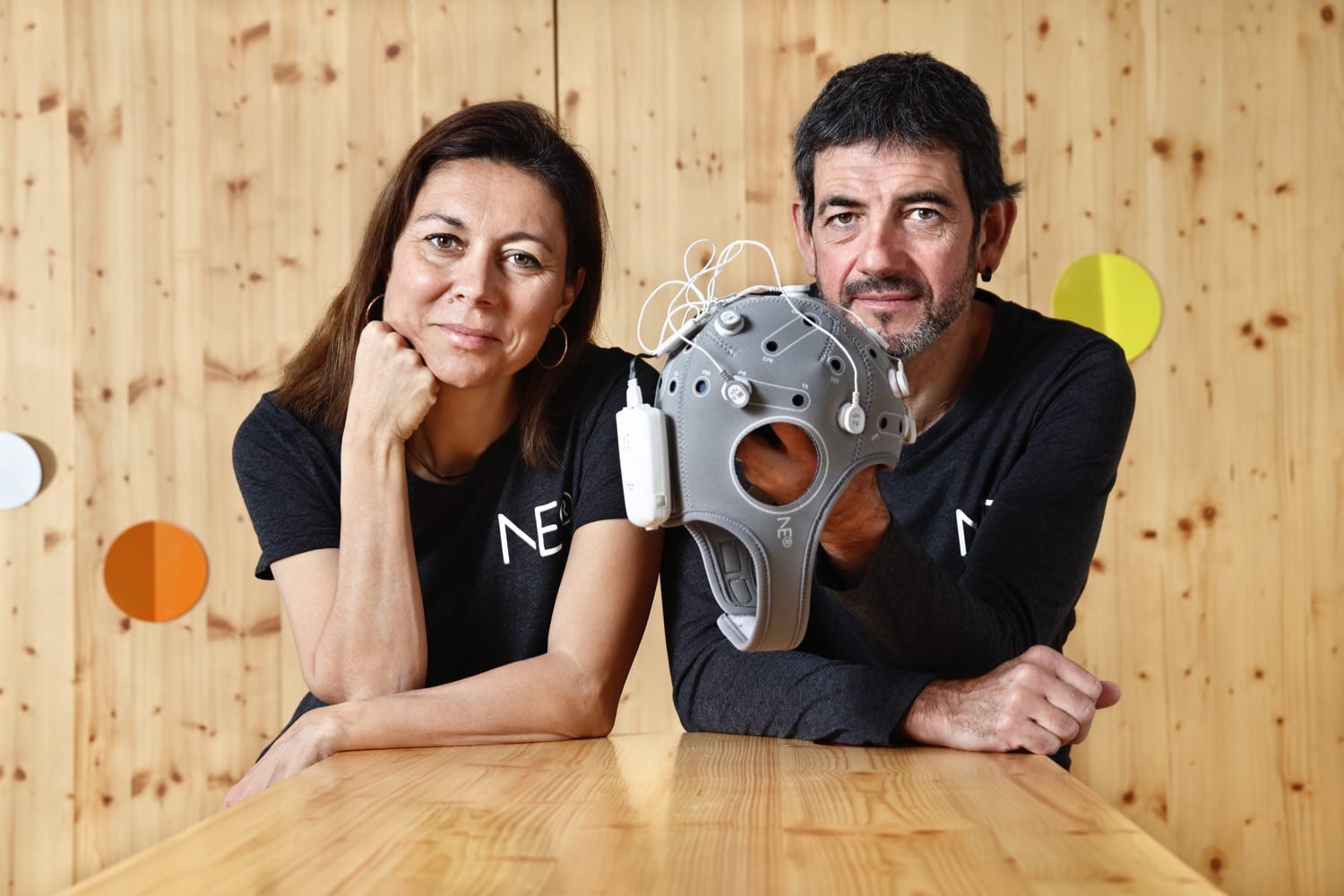In his 46 AD compendium of medical treatments, Scribonius Largus, the court physician to the Roman emperor Claudius, described a peculiar way to relieve headache.
Place a live torpedo fish — the black, flat, disc-looking fish also known as electric ray — on the place which is in pain, he instructed, until the pain ceases and the part grows numb. The purported effect? It would “immediately remove and permanently cure a headache, however long-lasting and intolerable.”
Neurostimulation resurfaced as a viable medical tool in the 19th century after scientists figured out ways to produce and deliver electric currents in a reliable manner. Now, Morningside Ventures is putting $17.5 million behind a next-gen, personalized take on the idea that offers hope of at-home therapies for patients with CNS conditions, such as epilepsy and depression, that are refractory or resistant to treatment.
Neuroelectrics is no startup. The first stage of its life took about a decade, when the company sustained itself by selling its non-invasive device — a head scarf covered in electrodes and wires — to researchers around the world, getting to a point where they earned $5 million revenue last year.
They also managed to start some pilot clinical studies and with Morningside’s backing, they expect to finish the pivotal leg of the epilepsy trial and pave the way to commercializing the device as a treatment.
“Ultimately I think we will become a huge brain data company,” Ana Maiques, co-founder and CEO, told Endpoints News from Barcelona, where the devices are manufactured. The clinical work, meanwhile, takes place in Boston.
Every time a new patient tries Neuroelectrics’ device, she explained, the company gets an MRI and EEG so that an 18-person team can get to work building a 3D model. From there, they devise a personalized protocol specifying how many electrodes and how much current they need and where.
In the pilot epilepsy study involving 20 patients, the therapy reportedly led to 44% reduction in seizures compared to baseline, meeting the benchmark with implantable neurostimulation devices such as vagus nerve stimulation, Maiques said.
There are limits to where the technology can go, she admitted. It will likely have little effect, for instance, in diseases like Parkinson’s where the source of tremor lies deep in the brain. But if Neuroelectrics proves its devices effective in even a fraction of the indications they are going after — Alzheimer’s, autism, ADHD — they could be opening up a notorious field that’s blown up countless drug development efforts.
“With these technologies, we have a unique opportunity to provide a novel treatment but to learn day after day what is the impact of these treatments in real time,” she said.

